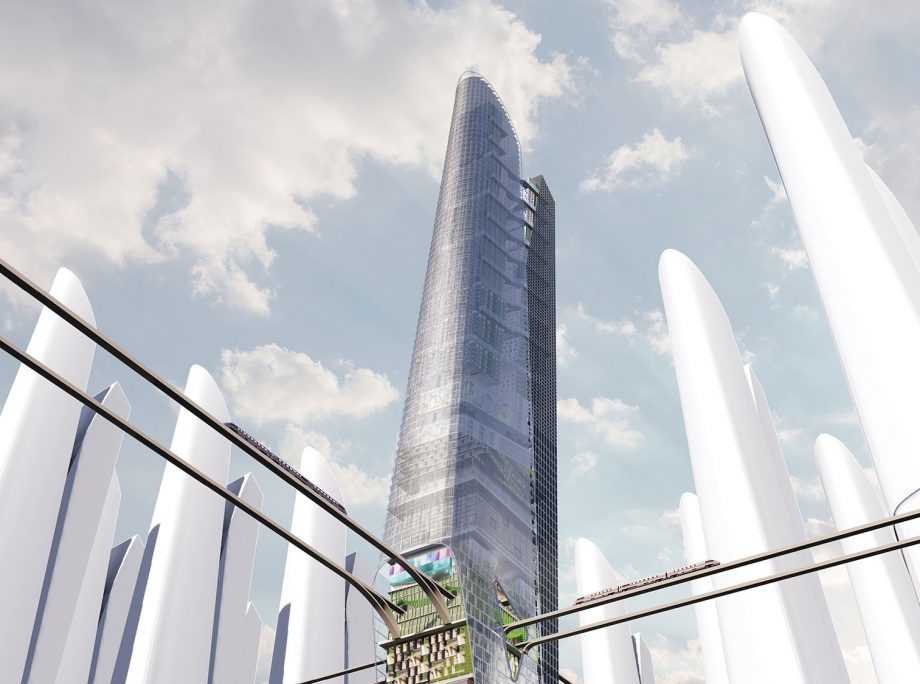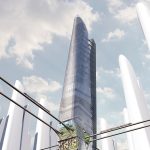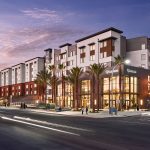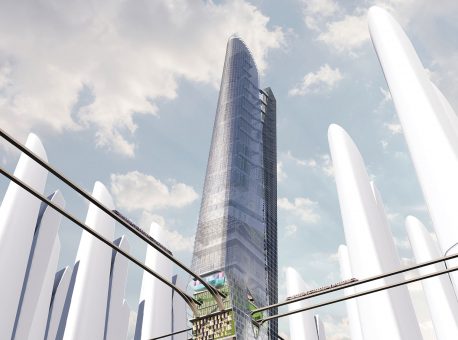Marissa Kasdan – The Trends Behind Today’s (and Tomorrow’s) Multifamily Trends
Western Real Estate Business Magazine
February 5, 2020
Many people believe that architects dictate the housing trends of the future; we are simply integrating the trends observed today into an enjoyable living experience for tomorrow.
As designers and architects, we are often asked to identify the residential design trends affecting the housing market. However, the concept of “residential design trends” is a bit misleading, in that how we design residential architecture is not the trend in and of itself, but rather a response to the changing needs of people, our communities and our environment. We inherently know these trends because they are deeply integrated into many aspects of how we work, interact, consume and communicate.
If a current trend is “urbanization,” it is not because people woke up one day and decided they should start moving to big cities. Instead, the global economy, opportunities for engaging employment, social consciousness, connectivity, individual wellness and commitment to bettering our environment are changing the way people think about all aspects of their lives, including their housing. Many people increasingly see living and working in urban areas as a way to support their priorities. The United Nations Department of Economic and Social Affairs’ Population Division anticipates that 68 percent of the world’s population (2.5 billion people) will live in urban areas by 2050, rising from 55 percent in 2018. Such dramatic shifts join with other indicators to encourage increased and higher-density residential development in these areas.
Many of the trends influencing our daily priorities have become guiding principles as people choose where to live:
Connectivity
People are searching relentlessly for increased connectivity, both physically and relationally. We want to be close to what is happening and crave deep connections with those in our social circles. Co-living, multi-generational living, and socially driven amenities and community events continue to gain popularity as these concepts build strong social bonds within communities. Achieving physical connectivity takes more commitment toward developing infrastructure and encouraging dense and transit-oriented development. KTGY’s 88 Grand high-rise tower in the Broadway Valdez District of Oakland, Calif., provides 275 units in a walkable community just blocks from the 19th Street BART station. To further encourage a walking community, the building includes retail space at the ground level and limits on-site parking to 45 spaces within a CityLift, an automated, eight-level parking tower.
Individual Wellness
The U.S. health and fitness industry has been growing at least 3 percent to 4 percent annually over the past 10 years and shows signs of expected acceleration, according to the IHRSA (the International Health, Racquet & Sportsclub Association). The Global Organic Food Market is projected to surpass $220 billion by 2024. These, along with other indicators, echo the sentiment that renters have a broadening view of how wellness can be supported by their apartments. In addition to ever-changing preferences on fitness-activity offerings, the National Multifamily Housing Council (NMHC)/Kingsley Associates Apartment Resident Preference Report points to features like soundproof walls and noise-reducing windowpanes as a high priority for renters who see their personal health and wellness from a very holistic viewpoint.
 Individual electric water heaters and heat pumps were installed in each unit at the University of California, Irvine’s Plaza Verde student housing development designed by KTGY Architecture + Planning, eliminating the use of unrenewable energy sources. This, combined with on-site photovoltaics and overall energy-reducing design strategies, allowed Plaza Verde to successfully meet its goal of achieving zero-net energy.
Individual electric water heaters and heat pumps were installed in each unit at the University of California, Irvine’s Plaza Verde student housing development designed by KTGY Architecture + Planning, eliminating the use of unrenewable energy sources. This, combined with on-site photovoltaics and overall energy-reducing design strategies, allowed Plaza Verde to successfully meet its goal of achieving zero-net energy.
Environmental Consciousness
Climate change and its disastrous effects are driving residential design in increasingly significant ways. These drivers are often based on new and upcoming legislation, but they also support the environmental priorities of many residents. KTGY had the opportunity to design Plaza Verde, a zero-net energy (ZNE) student housing development at the University of California, Irvine in Irvine, Calif. To achieve ZNE, an on-site photovoltaic system was used in conjunction with a series of strategic design decisions aimed to reduce energy consumption. Features and design methodologies like those used at Plaza Verde will continue to grow and expand until they become an expected component of all new architectural designs.
KTGY’s R+D Studio combined these trends, along with a few others, when we conceptualized City Tower, a 144-story, mixed-use development. The City Tower concept takes an extreme angle on the creative mix of uses that drives many current urban developments. Developers and cities are increasingly looking beyond a retail base within their residential developments. They are considering higher education uses in retail centers and healthcare or hospitality mixed within residential buildings. In this concept, a renewed approach to integrating unique amenity features and social interaction spaces is intermixed with a variety of residential unit types to appeal to a broad range of residents in various life stages. The City Tower concept looks ahead to an era beyond floor area ratio (FAR), height limits and minimum parking requirements to consider how zoning a city could potentially be turned sideways, literally. By zoning buildings vertically rather than horizontally — and connecting a series of mixed-use towers at elevated transportation hubs — city dwellers can live, work, socialize and rejuvenate near their homes. Living vertically gives residents direct access to employment and educational opportunities, eliminating the need for personal vehicles.
We are likely many years off from city dwellers choosing to live in a building as comprehensive in its mixed-use offerings and aggressive in its approach toward densification as the City Tower concept proposes. However, examining potential opportunities for the more distant future can help guide our design choices now, informing our current development as we take small steps toward creating the connected and empowered communities of our future.





